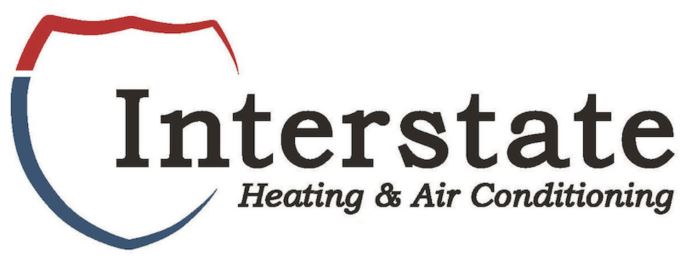
If you’re needing air conditioner installation in Omaha, you should also be looking at your new air conditioner’s SEER rating.
SEER stands for Seasonal Energy Efficiency Rating. In summary, it examines how efficient your air conditioner is at turning electricity into cooled air. A greater number indicates your air conditioner is more efficient, which is great for your electrical expenses.
However, there are many different solutions available for air conditioners. And a better SEER rating typically involves a more expensive cost. So, how do you know which one is ideal for your house?
At Interstate Heating & Air Conditioning, we provide a free, no-pressure home comfort analysis. You can get one by contacting us at 402-509-5940. Our experienced air conditioner installers will collaborate with you to help you locate the right air conditioner for your needs. Plus, they’ll also provide you with a free, no-obligation estimate.
In the meantime, let’s go over SEER ratings and how they can impact your loved ones’ comfort. And your utility bills.
What Does the SEER Rating Really Matter?
In 2016, the federal government made new SEER criteria. New air conditioners must be at baseline 13 SEER in the northernmost United States and 14 SEER in the southeast and southwest. If you’re unsure when you had your air conditioner put in or what its SEER ranking is, you can check the sticker on the condenser outside your home. If you can’t find the sticker, you can give us a call at 402-509-5940 for assistance.
If your air conditioner was replaced in advance of that date, it’s probably much less efficient. Air conditioner technology has swiftly evolved in the past few years, with major advancements in energy efficiency and smart home compatibility. Connecting your new air conditioner with a smart thermostat could help you conserve more on air conditioning costs, as the thermostat can intuitively adjust your temperature settings when you’re away.
If your present air conditioner has a SEER rating between 8 and 10, adding a 14-SEER system could save you an estimated 30–50% on annual electrical bills. Your savings relate to your air conditioner size and your temp settings.
Is a Higher SEER Rating Always Better?
An air conditioner with a better SEER rating will be more efficient at converting electricity for cooling. The best efficient ones, which can go as big as 26 SEER, include ENERGY STAR® endorsement. This certification shows the air conditioner meets EPA guidelines for energy savings and environmental conservation.
While ENERGY STAR air conditioners are typically more expensive, you’ll generally get the difference returned over time through lower power bills. These air conditioners, which are frequently rated 16 SEER and better, use about 8% less electricity than other new models, according to ENERGY STAR.
One of the greatest differences between a 14 SEER and 16 SEER is variable-speed technology. A variable-speed air conditioner can work at different speeds. This refines comfort for your home while keeping your energy bills reduced. It can also keep temperatures and humidity more even, since it can go for longer without requiring a lot more power.
When installing a variable-speed air conditioner, you’ll need to check that your furnace or air handler is compatible. This is due to the fact your air conditioner depends on this unit’s blower to send chilled air throughout your house. Furnaces only run for about 20 years, so if yours is getting old, we advise getting furnace installation at the same time so you can get all the advantages of your variable-speed air conditioner.
When you’re ready to replace your air conditioner, the cooling professionals at Interstate Heating & Air Conditioning are here to assist you. Reach us at 402-509-5940 to schedule your free home comfort analysis today.
